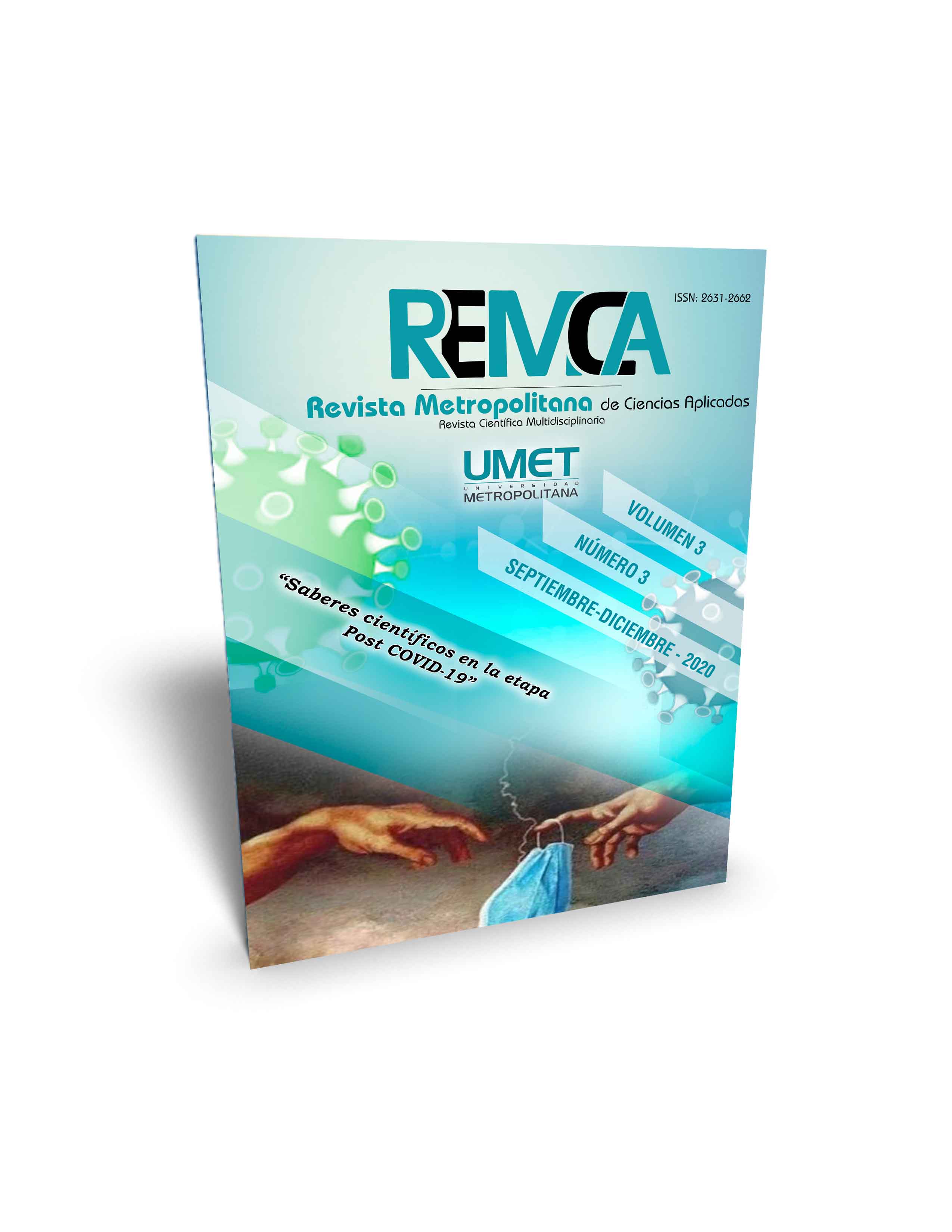Decongestion of the judicial system in Ecuador. Alternative conflict resolution method in first instance mediation in labor matters
DOI:
https://doi.org/10.62452/zdcx3950Keywords:
Judicial system, conflict resolution, labor mattersAbstract
The research article has been carried out through an exhaustive search of the legal and doctrinal aspects that comprise the resolution of conflicts and especially of individual work, mediation in terms of its direct application to different situations, types of mediation, its characteristics, advantages, stages, labor mediation, characteristics; labor law, labor disputes, types of labor disputes, approaches to conflict resolution, conflict phases and their forms of resolution. In this sense, it should be noted that labor mediation when referring to collective disputes is mandatory, not so for individual labor disputes, since the obligation to submit them to labor mediation prior to initiating is not contemplated in the Labor Code. the process through the courts, hence the importance of proposing a proposal aimed at providing an efficient and effective solution to this problem. By resorting to alternative dispute resolution methods, specifically labor mediation, all those involved in a conflict benefit, that is, a winner-winner situation occurs.
Downloads
References
Aparici Martin, I., & Leiva Gallegos, P. J. (2015). Manual Básico - Medios alternativos para la solución de Conflictos. Editorial PUECE.
Camalle Cumbal. M. A. (2017). La mediación como instrumento efectivo para la solución de conflictos individuales del trabajo en la legislación ecuatoriana año 2015. (Proyecto de Investigación previo a la obtención del Título de Abogado). Universidad Central del Ecuador.
Ecuador. Asamblea Nacional Constituyente. (2008). Constitución Política de la República del Ecuador. Registro Oficial 449. https://www.oas.org/juridico/pdfs/mesicic4_ecu_const.pdf
Cuesta Torres, D. (2014). La incorrecta aplicación de la mediación en los conflictos colectivos de trabajo. (Tesis de grado). Universidad Central del Ecuador.
Moore, C. W. (1986). El Proceso de Mediación, métodos prácticos para la solución de conflictos. Ed. Granica S.A.
Munduate, L., Butts, T., Medina, F. J., & Martínez, R. (2018). Guía para la Mediación Laboral. http://www.mediacion.icav.es/wp-content/uploads/2018/01/GUIA-MEDIACI%C3%93N-LABORAL-THELMA-BUTTS-1.pdf
Pullupaxi Castro, F. P. (2014). La mediación y los conflictos individuales de trabajo en la legislación ecuatoriana. (Trabajo de graduación previo a la obtención del título de Abogado de los Juzgados y Tribunales de la República del Ecuador). Universidad Técnica de Ambato.
Touzard, H. (1981). La mediación y la solución de los conflictos. Editorial Espasa Calpe
Trujillo, J. C. (2008). Derecho del trabajo. Editorial Jurídica del Ecuador.
Downloads
Published
Issue
Section
License
Copyright (c) 2020 Carlos Amaya López, Blas Yoel Juanes Giraud (Autor/a)

This work is licensed under a Creative Commons Attribution-NonCommercial-ShareAlike 4.0 International License.
Authors who publish in Revista Metropolitana de Ciencias Aplicadas (REMCA), agree to the following terms:
1. Copyright
Authors retain unrestricted copyright to their work. Authors grant the journal the right of first publication. To this end, they assign the journal non-exclusive exploitation rights (reproduction, distribution, public communication, and transformation). Authors may enter into additional agreements for the non-exclusive distribution of the version of the work published in the journal, provided that acknowledgment of its initial publication in this journal is given.
© The authors.
2. License
The articles are published in the journal under the Creative Commons Attribution-NonCommercial-ShareAlike 4.0 International License (CC BY-NC-SA 4.0). The terms can be found at: https://creativecommons.org/licenses/by-nc-sa/4.0/deed.en
This license allows:
- Sharing: Copying and redistributing the material in any medium or format.
- Adapting: Remixing, transforming, and building upon the material.
Under the following terms:
- Attribution: You must give appropriate credit, provide a link to the license, and indicate if any changes were made. You may do this in any reasonable manner, but not in any way that suggests the licensor endorses or sponsors your use.
- NonCommercial: You may not use the material for commercial purposes.
- ShareAlike: If you remix, transform, or build upon the material, you must distribute your creation under the same license as the original work.
There are no additional restrictions. You may not apply legal terms or technological measures that legally restrict others from doing anything the license permits.




